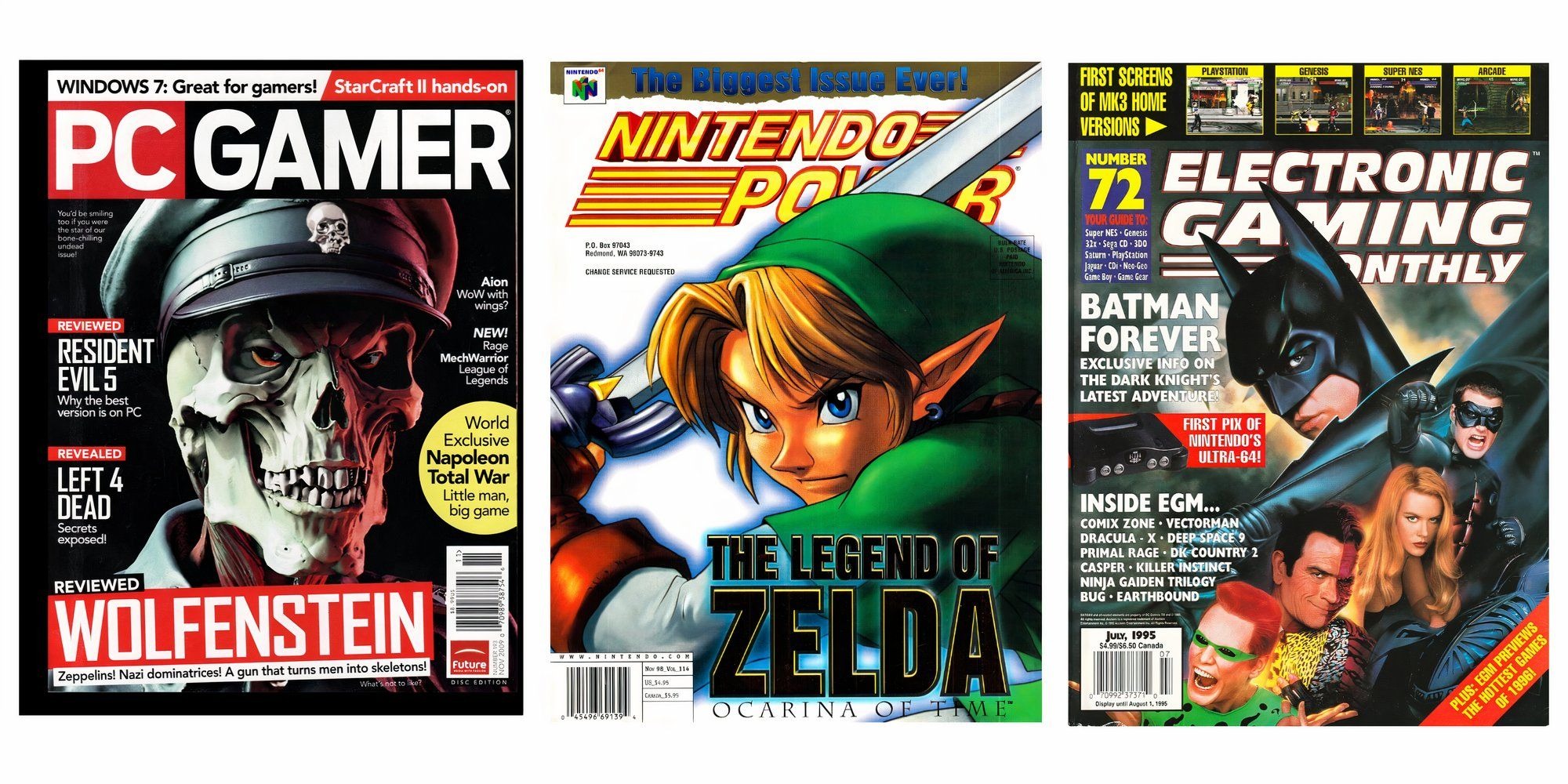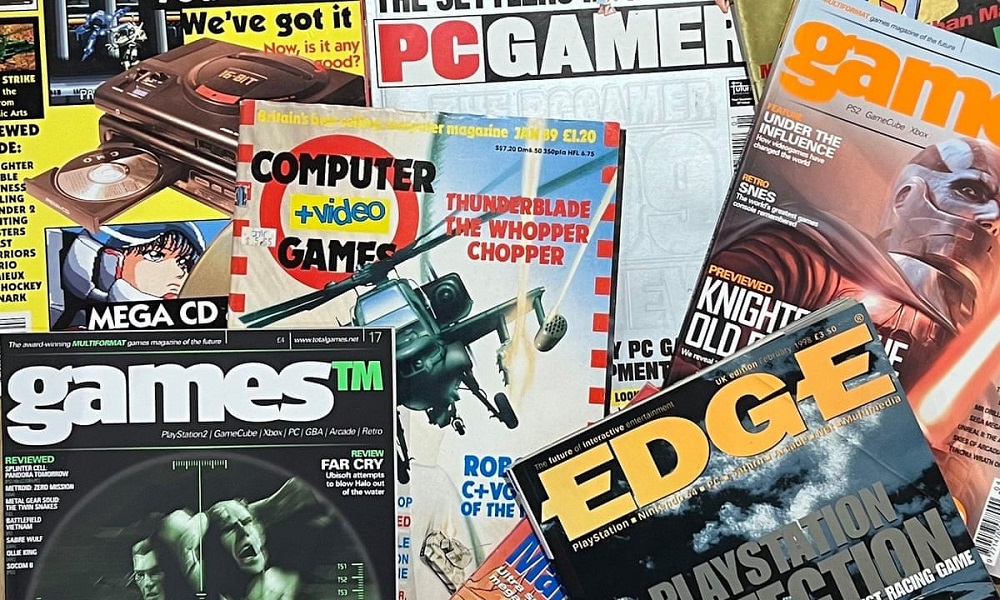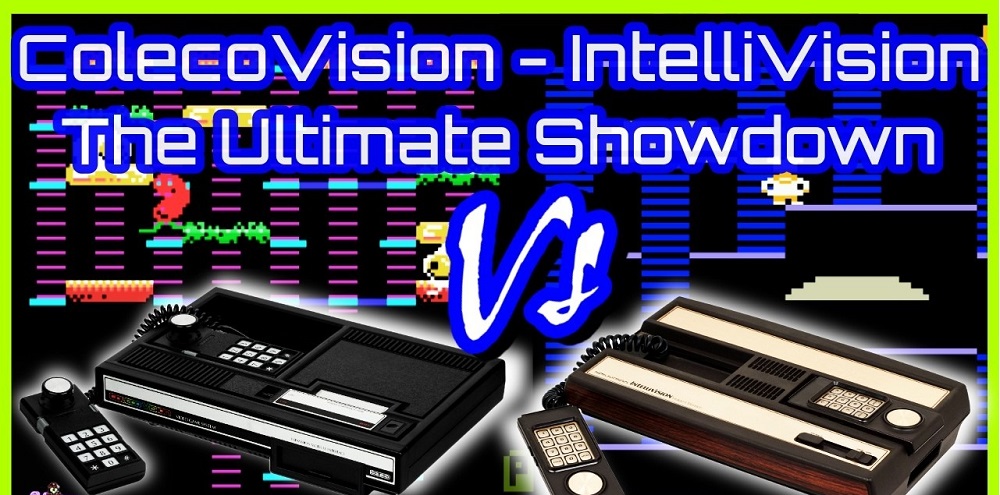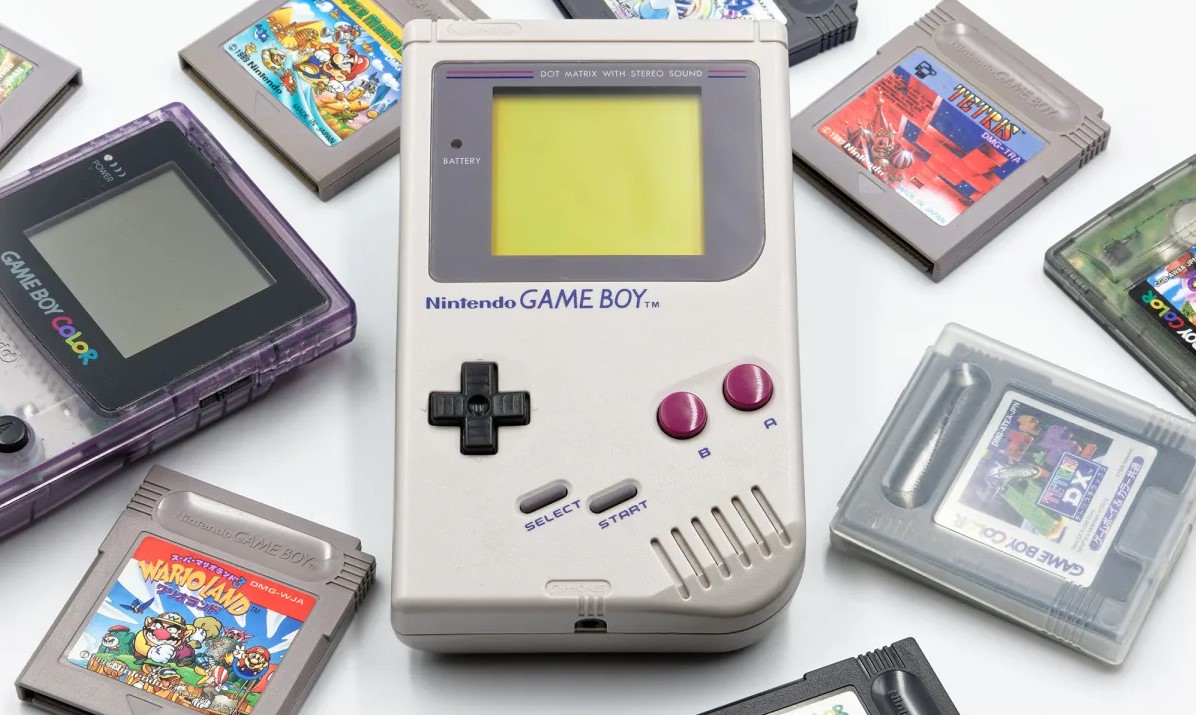Before YouTube reviews, Reddit debates, or Twitch streams, there was paper.
In the 1980s and 1990s, gaming magazines were the lifeblood of console fandom — glossy, colorful, and brimming with cheat codes, interviews, and previews that made players feel like insiders.
For millions of fans, these magazines were the internet before the internet. They didn’t just report on games — they built communities, shaped rivalries, and defined what it meant to be a gamer.
At Oldies Nest, we revisit how gaming magazines created the culture of console fandom, transforming casual players into passionate communities that still thrive today.
From Niche Hobby to National Phenomenon
In the early 1980s, video games were still considered toys. Magazines like Electronic Games (1981) and Computer and Video Games (UK, 1981) began covering this new medium with the same seriousness given to movies or sports.
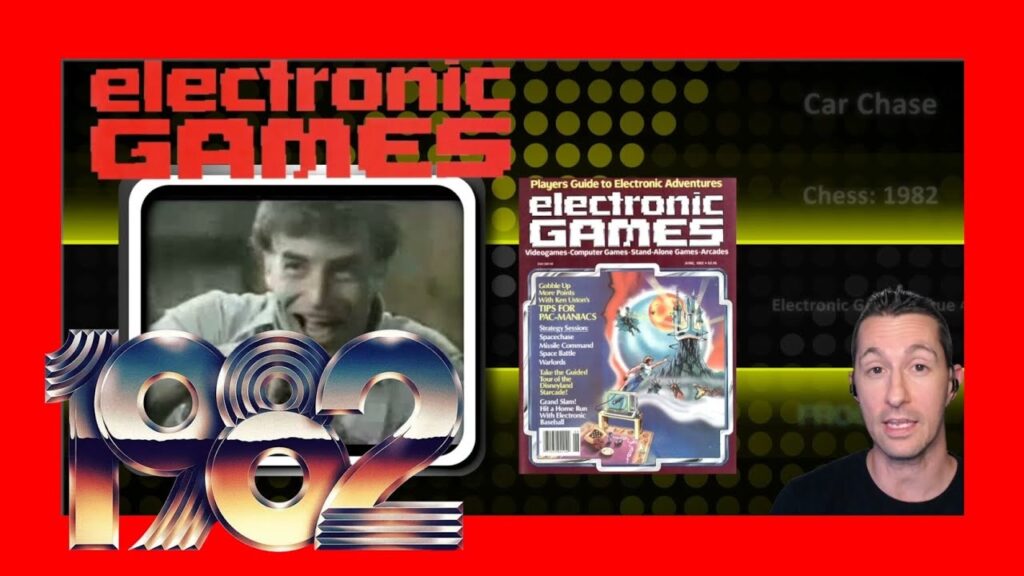
When Nintendo launched the Nintendo Entertainment System in 1985, it needed a way to reach kids directly — bypassing skeptical parents and clueless retailers.
The result was Nintendo Power (1988) — a magazine that was half-advertisement, half-cultural revolution.
- It offered walkthroughs, posters, and developer insights.
- It built hype for upcoming releases months before the internet existed.
- Most importantly, it created loyalty.
If you subscribed to Nintendo Power, you weren’t just a player — you were part of the Nintendo family.
Console Wars in Print
The 1990s saw the rise of console tribalism, and game magazines were both the chroniclers and instigators of it.
Nintendo vs. Sega
Magazines like GamePro, Electronic Gaming Monthly (EGM), and Mean Machines fanned the flames between Nintendo and Sega fans.
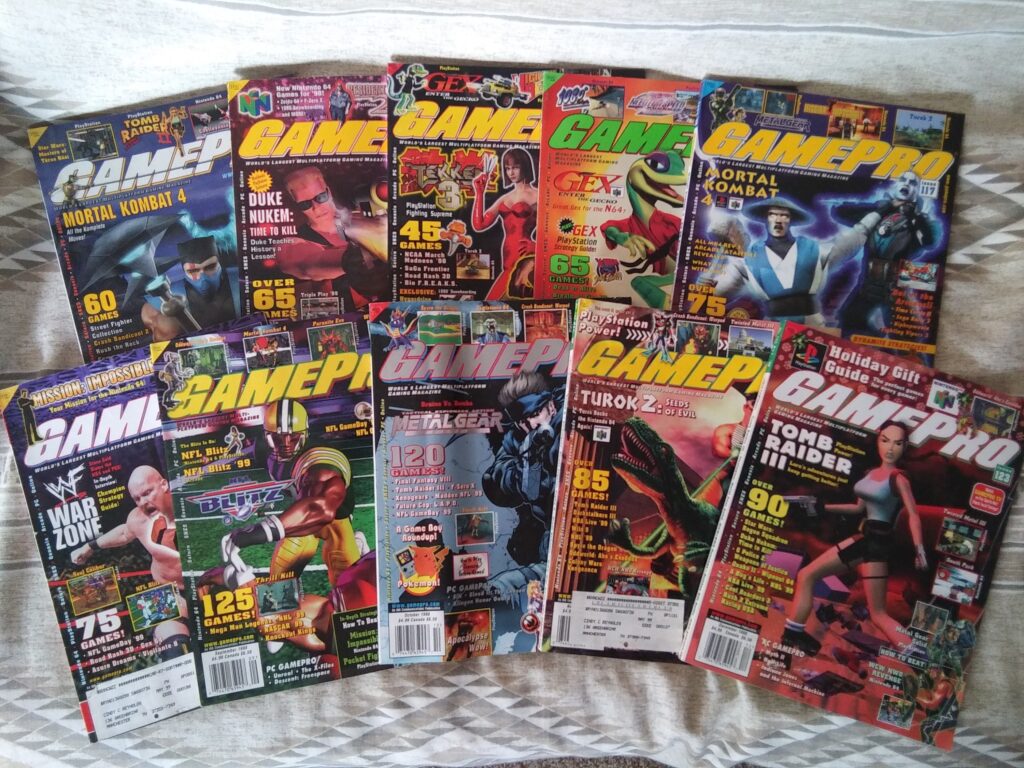
Sega’s aggressive “Genesis Does What Nintendon’t” ads found an echo in editorial content — reviews that leaned edgy, comparisons that invited debate, and covers that made you pick a side.
This was fandom before social media — fueled by letters to the editor, high-score submissions, and heated mailbag arguments that read like proto-comment sections.
As discussed in The Rise of Sega: From Arcades to Consoles, Sega built its identity on attitude and rebellion. Magazines amplified that, turning every console purchase into a statement of identity.
Icons, Illustrations, and the Art of Hype
Before screenshots were everywhere, illustrations and concept art filled the void.
Covers of GameFan or Super Play were often hand-painted masterpieces — depicting Mario, Link, or Sonic in heroic, movie-poster glory.
Japanese box art was rarely seen in the West, so magazines served as cultural bridges, introducing players to new aesthetics, mascots, and genres.
Writers became part of the culture, too — their voices blending authority and personality. You didn’t just read GamePro, you trusted “The Angry Gamer” or “Scary Larry.”
Their reviews didn’t just tell you what to play — they told you how to feel about it.
The Birth of Gaming Journalism
Game magazines laid the foundation for modern gaming media.
- Previews built hype months before release.
- Reviews created the first formal scoring systems.
- Editorials began asking real questions about design, storytelling, and artistry.
For the first time, gaming wasn’t just about high scores — it was about critique and conversation.
By the mid-’90s, a glowing review from EGM or Next Generation could make or break a release.
The Power of the Preview
Previews were where dreams were born.
Sneak peeks at The Legend of Zelda: Ocarina of Time, Final Fantasy VII, or Sonic Adventure turned every screenshot into speculation.
Magazines teased players with blurred images, developer interviews, and promises of “never-before-seen 3D worlds.”
Without the internet, every monthly issue felt like unwrapping a mystery — a mix of rumor and revelation.
And when delays happened (often), readers felt personally invested.
This anticipation built emotional attachment — the same kind that drives fandoms today on forums and Discord.
Cheat Codes, Secrets, and Shared Discovery
Let’s be honest: many gamers bought magazines for one reason — cheat codes.
Sections like “GamePro Tips,” “Top Secret,” or “Player’s Pulse” turned players into detectives.
Before Wikis and YouTube guides, discovering the Konami Code or the Mortal Kombat fatalities felt like uncovering a secret language.
You’d tear out pages, circle levels, and share codes on the playground.
In that sense, magazines weren’t just information — they were rituals of discovery. Each new issue meant more secrets to share, more bragging rights to earn.
Fan Communities Before the Internet
Every great fandom starts with connection.
Game magazines were where gamers found each other — through:
- Fan art submissions (some still famous today)
- Letters to editors debating console specs
- Community shoutouts listing high scores or “Best Player of the Month”
Readers became contributors.
For many, seeing their name printed next to their favorite game was a moment of validation — proof that gaming was a shared, social culture, not a lonely pastime.
It’s the same spirit that powers today’s Reddit threads, Twitter fandoms, and fan wikis — only slower, warmer, and written in ink.
Localized Identity: How Regions Shaped Taste
Gaming magazines also reflected cultural differences between East and West.
- In Japan, publications like Famitsu approached games analytically, emphasizing mechanics and developer interviews.
- In the U.S. and Europe, magazines leaned into personality and hype, framing games as entertainment spectacles.
This regional flavor influenced how fandom developed. Western fans bonded over humor and competition; Japanese fans over respect and mastery.
Together, they created a global fan ecosystem — one that laid the foundation for the unified gaming culture we have today.
The Fall of Print, The Rise of Legacy
By the 2000s, the internet changed everything.
Instant news, online forums, and free reviews made monthly print magazines feel slow. Many iconic titles — GamePro, EGM, Nintendo Power — eventually folded or moved online.
But their influence never disappeared.
Modern YouTubers, podcasters, and critics owe their tone, format, and fandom-driven style to those early editors and writers.
Every “Top 10 List,” every “Retro Review,” every “Collector’s Spotlight” has its roots in the golden age of gaming magazines.
Their tone — part journalism, part fan enthusiasm — still defines gaming media today.
Preservation and Nostalgia: Keeping Print Alive
Like physical cartridges, old gaming magazines are now collectibles.
Fans scan, archive, and share entire back catalogs of GameFan, Mean Machines, and Nintendo Power online.
These preservation efforts, similar to what we highlighted in Retro Game Preservation: Why It Matters, ensure that the early voices of gaming culture aren’t lost to time.
Because within those glossy pages lies not just information — but the story of how gamers became a global community.
Conclusion: Ink, Pixels, and the Power of Passion
Gaming magazines were more than publications — they were portals.
They gave gamers their first heroes, first rivalries, and first sense of belonging. They transformed a solitary hobby into a shared culture.
In an age of instant content, they remind us of something we’ve lost: the joy of waiting. The excitement of flipping a page and discovering something new.
Every article, every poster, every fold-out map was part of a larger narrative — one where fans weren’t just consumers, but participants in something magical.
So next time you scroll through gaming news online, remember where it all began — on glossy pages, smelling faintly of ink and wonder.
Because long before hashtags and live streams, fandom was printed, stapled, and mailed to your doorstep.
